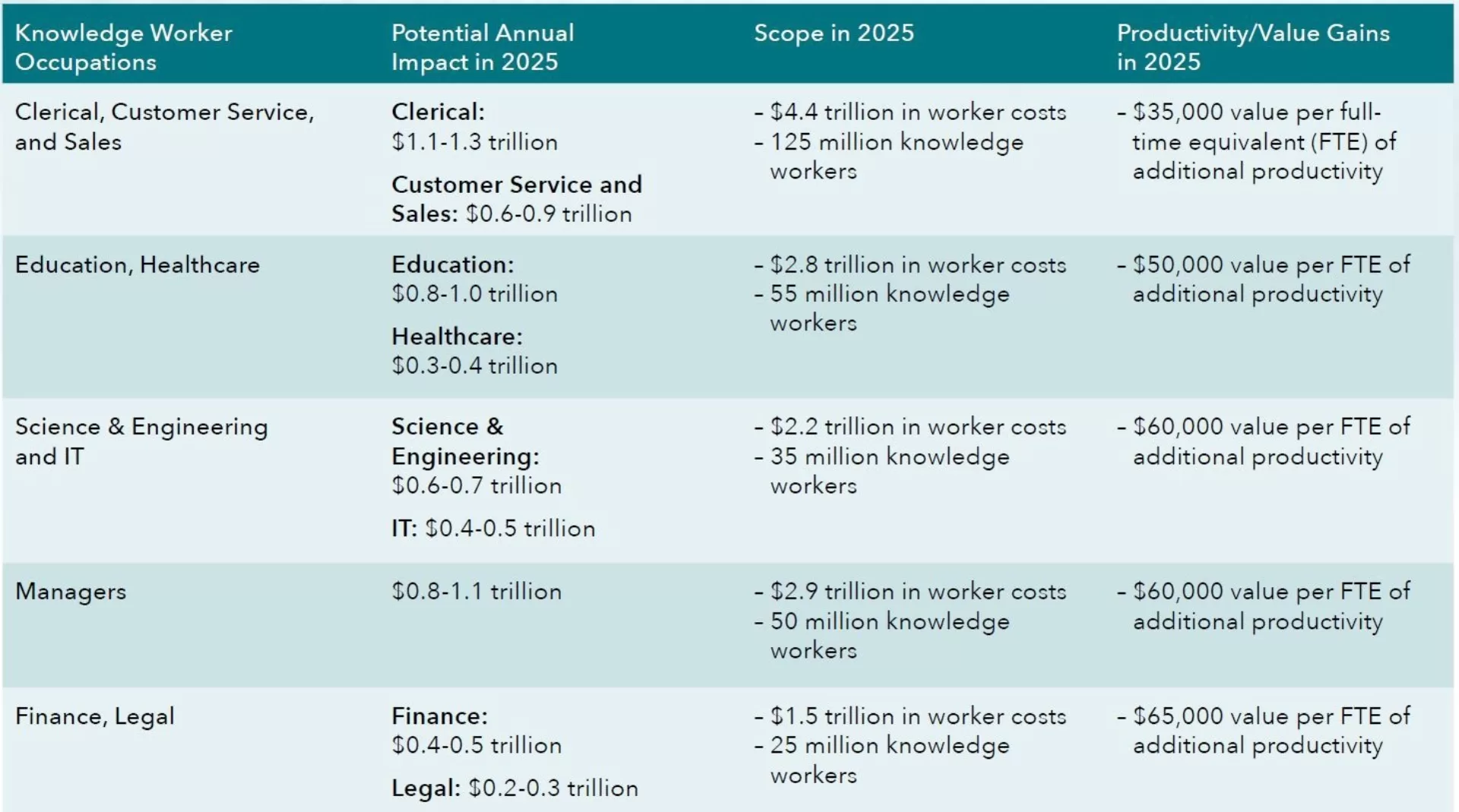Leading a Future-Ready Business: Changing Talent and Workplace
On pace to effectively compete?
Canon Business Process Services in association with Hanover Research reviews today’s hyper-competitive business environment and its future trajectory. The culmination of digital business, disruptive technologies, cultural and demographic forces, put unprecedented demands on business leaders to navigate the opportunities and threats.
Forces of demography and culture are combining with the effects of technological change to increase uncertainty for business leaders. Populations are aging and emerging markets are introducing new and often unfamiliar opportunities to global firms. Indeed, the ranks of “global” firms are swelling as digital tools expand the reach of formerly local and regional operations. Perhaps most importantly, changes across all of these dimensions are non-linear as technology interacts with demography to produce younger generations with different expectations of their work, life, vendors, employers, and leaders.
Demographic changes are reshaping the global population, driving change in everything from healthcare markets to benefits packages to national employment policies. Technology is also changing how we think about physical space. The flexibility enabled by technologies such as mobile computing, IoT, and 3D printing are opening up new opportunities for dispersed workforces while at same time the need for collaboration in an increasingly knowledge-based economy pushes companies to bring people together.
Proliferation of digitally facilitated interpersonal networks are pushing the job market into overdrive, as are new expectations of younger generations who have no intention of working for the same firm for an entire career. Among all of these factors, the elephant in the room is automation, which is creeping ever-further into knowledge work and threatening to upend the nature of employment as we know it. While software robots will not come to run the world in the next decade, we will see new levels of efficiency and shifts in the industry mix as traditional businesses learn to accomplish the same work with fewer people. Building a future-ready business means balancing these forces and learning to use new and powerful tools to bring order to an increasingly complex world.
Impact of Knowledge Automation on Occupations in 2025

Key Findings
The next ten years promises to be a tumultuous and transformational period due to the confluence of changing labor demographics and rapid changes in the technology. As a result the talent and workplace of the future will be redefined. This report analyzes the impact of changing demographics, notably an aging population, and the impact a growing skills gap in some industries will have on the workplace.
The growing presence of a new generation of employees will bring different attitudes to the workplace. Greater flexibility, a blurring of professional and personal goals, and tools for a more collaborative working environment are some of the common demands that leaders will encounter. Required skill sets will shift along with accompanying management structures as increasing automation of knowledge work gathers pace. According to one estimate, up to 45 percent of activities that individuals are currently paid to perform in the United States can be automated. In the face of these changes, successful leaders will focus on individual employee characteristics to attain full engagement, and will allow recognition and personal development to carry as much importance as salary and job title.
